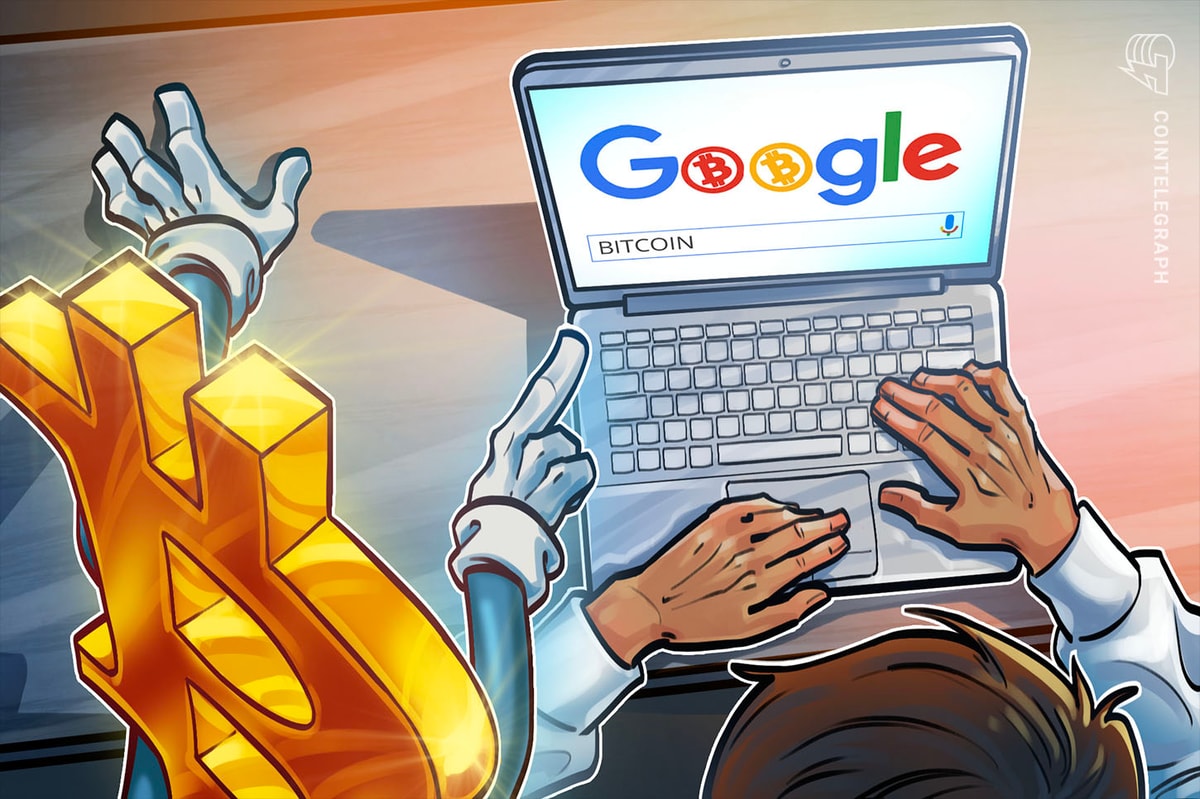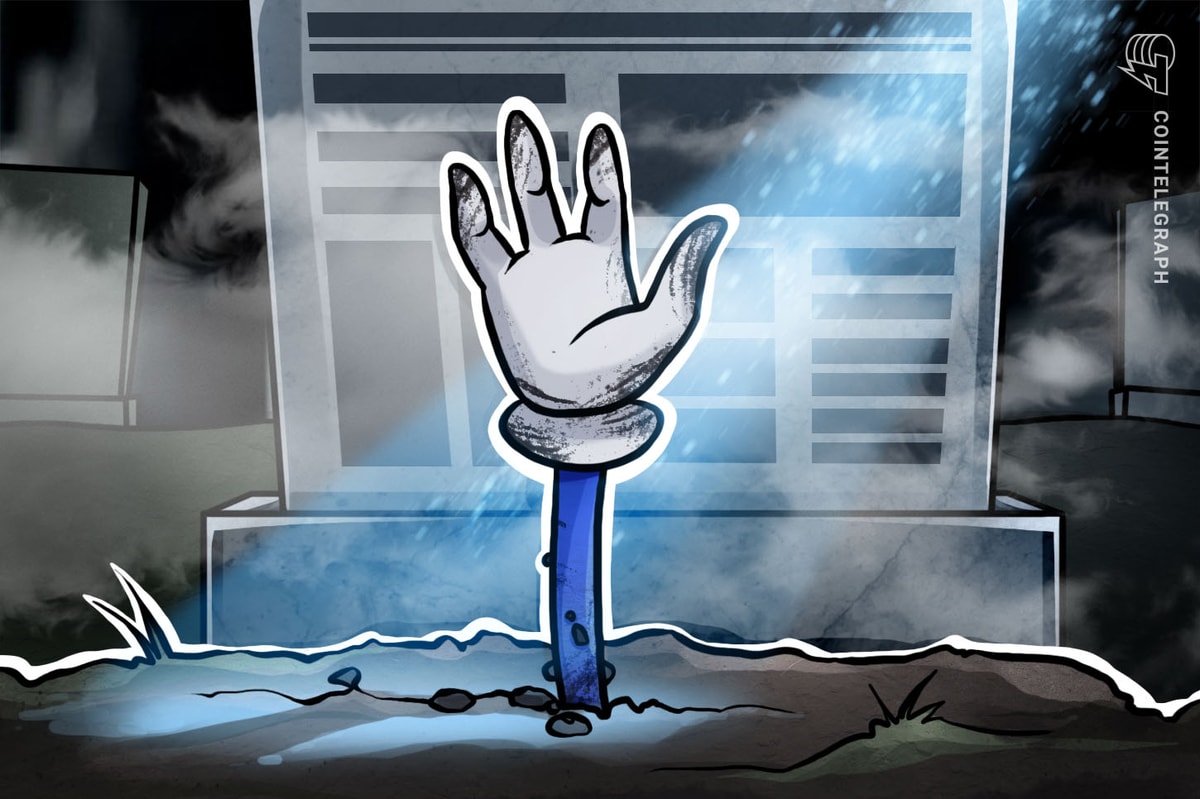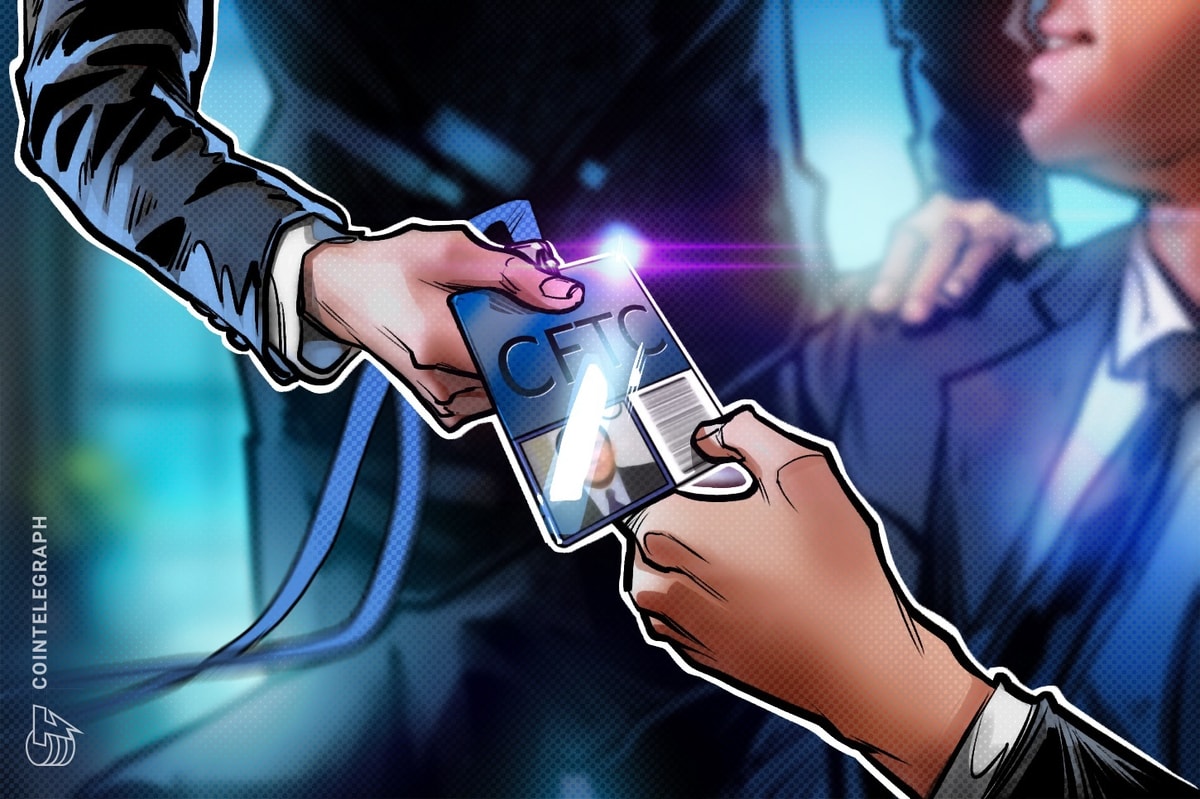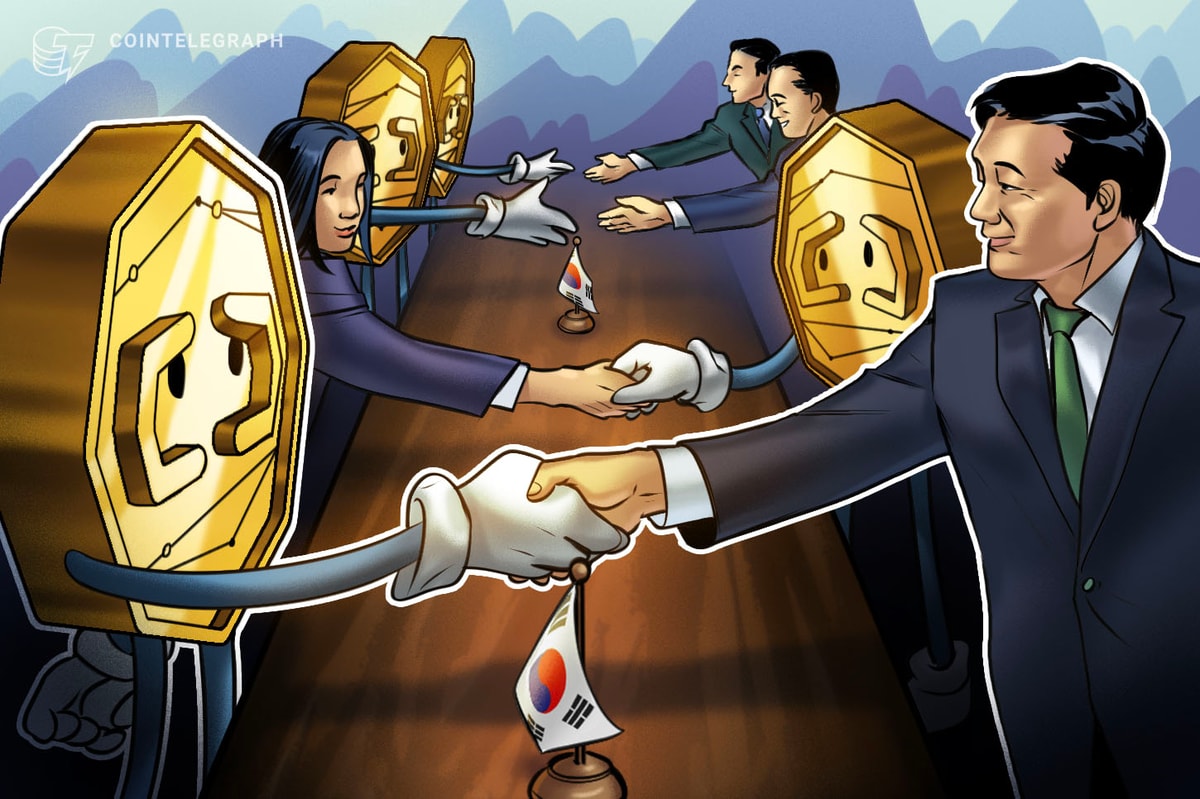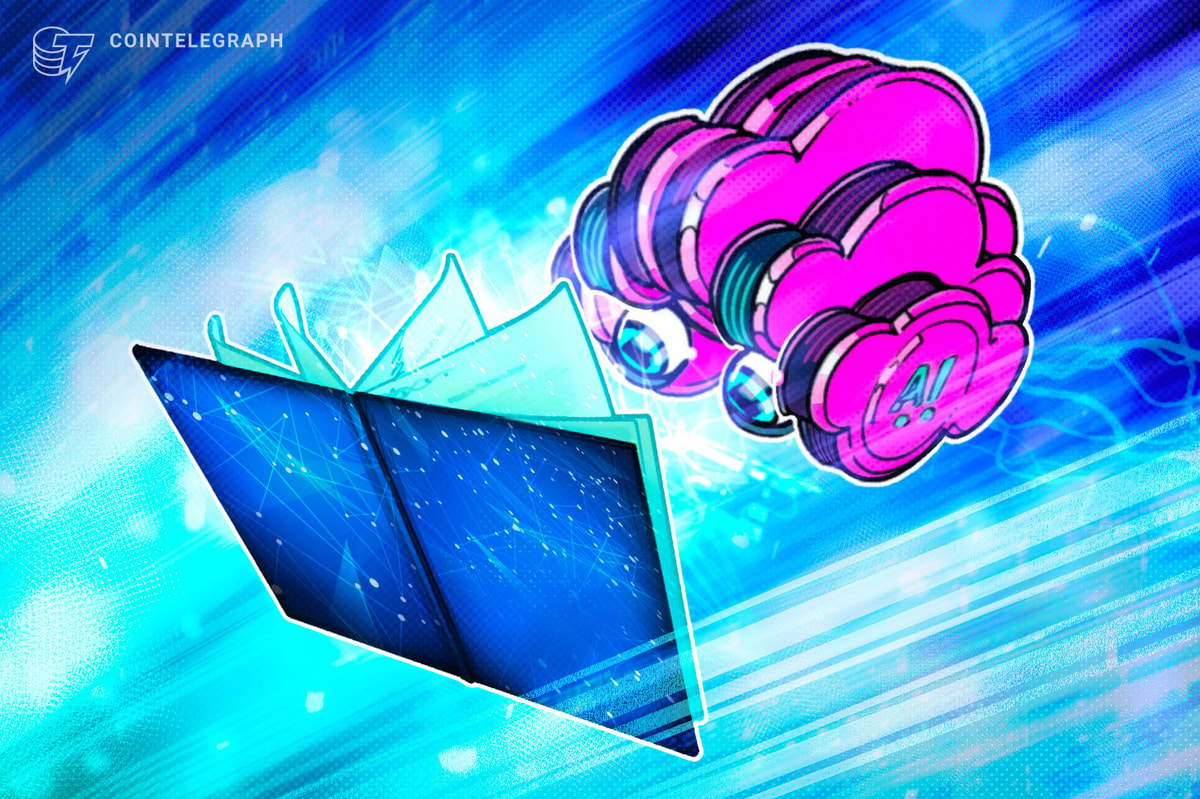Looking at our world today, there is no shortage of ideas, with new ideas coming up every day, nay, every hour. But, ideas are much more powerful than they seem on the surface. Consider that with some funding and the help of a strategic team, an idea can become something real –– a new technology or a solution to a major world problem. With so much value on the line, it is no secret that it becomes a human tendency to want recognition for ideas.
Unfortunately, it is not often the original idea creator that gets the credit and history has given many examples of that. For instance, although Alexander Graham Bell did bring the telephone to life, it was Antonio Meucci who created the first voice-communication device in 1871. The difference between the two is Antonio, unlike Alexander, didn't pay the entirety of the amount needed to register the patent for his idea.
Perhaps, the worst part of it is that the invention of the telephone was not an isolated event. In a more recent example, Meta (former Facebook), a platform that has arisen as the largest social network on the planet today, became part of a major lawsuit when the Winklevoss twins filed a lawsuit against Mark Zuckerberg for a stolen idea. Allegedly, the twins partnered with Mark Zuckerberg to help bring their vision to life, an event that later inspired him to develop his own social networking site secretly.
These examples throughout history have demonstrated that one's ideas (or intellectual property) are not safe on their own. Rather, a single point of record becomes crucial to validating ownership in a world of robbed successes and misguided credit.
The concept of decentralized technologies such as nonfungible tokens (NFTs) addresses these concerns head-on. Each NFT is designed with the capability to hold immutable ownership over a specific instance of data. To enable the use of NFTs for IP on a larger scale, InvArch is taking the lead in developing a new architecture fit for Web3. To shed some additional light on the subject, a member of the team shares that "rather than trying to define the rules of how IP can be managed, InvArch redefines the framework for IP altogether so that the rules can be rewritten to empower individuals and protect them in the future. The internet is changing, the world is changing and now IP is changing, too."
The platform now consists of three protocols that enable the network to provide the most fluid system for users.
The foundation for Web3 IP
One of these protocols is the Invention, Involvement, Inventory, and Investment (INV4) protocol, which provides a structure for all the assets on the InvArch network. These assets may be any of the files, folders and licenses of Web2 that many are already familiar with, which are then fused with the nonfungible and fungible token technologies of Web3.
In practice, this becomes evident in the IPL Pallet, a component of the protocol for IP Licensing. The pallet provides a modular library of copyright agreements linked to an IP Set.
Users can tap into a catalog of agreements for trademark, copyright licensing and trade secret licensing for exclusive, non-exclusive and sole agreements. As users browse through agreements, they will also come across perpetual and features terms, with native licensing agreements including The Unlicense, MIT License and General Public License, or take advantage of the option to upload a custom set of terms.
Superpowering the roadmap
On route to building the foundation for Web3 IP, InvArch has achieved several successes, including a grant from the Web3 Foundation, admission into the Substrate Builders Program, and raising $1.75 million in a recent seed round.
Looking ahead, the team shares notable events on their roadmap, including the launch of the Tinkernet Parachain on Kusama, the release of the InvArch network on Polkadot (DOT) and the deployment of their GitArch application, which can be described as a decentralized superpowered GitHub.
Disclaimer. Cointelegraph does not endorse any content or product on this page. While we aim at providing you with all important information that we could obtain, readers should do their own research before taking any actions related to the company and carry full responsibility for their decisions, nor can this article be considered as investment advice.






